Rita El Khoury / Android Authority
A couple of months ago, as I was getting ready to attend MWC, it dawned on me that my trusty seven-year-old Google Pixelbook was no longer the powerhouse I wanted to believe it was. It was getting slow and a little frustrating sometimes, especially when browsing dozens of pages at the same time; using web services and Chrome extensions instead of proper apps was getting old; and the battery life was in the unusable 1-2 hour range.
With a big sadness in my heart, I decided it was time to move on if I planned to do any serious on-the-go work. I’ve been a Mac user since 2008, and I use an iMac as my desk machine, so I naturally gravitated to the MacBook Air lineup. The M3 model wasn’t announced yet, so I got a temporary M2 unit to tide me over, then upgraded to the M3 MacBook Air once it became available. And although there are a few things I miss from my Pixelbook experience, I have zero regrets about this move.
Do you still use your Pixelbook or have you moved on?
0 votes
The Pixelbook was perfect until it wasn’t
Rita El Khoury / Android Authority
I’ve spilled a lot of ink gushing about how much I love Google’s perfect Pixelbook and the updates to Chrome OS that made it even better over the years. The elevator pitch is that this laptop looked (and still looks) very sleek, was perfectly built for laptop and tablet use, benefitted from a fantastic 3:2 display ratio that made the small 12.3-inch screen seem bigger when browsing, and had a MacBook-like, very responsive keyboard and accurate trackpad. I also appreciated the touchscreen use with my pen, especially when signing or editing documents.
A lot of people missed Chrome OS' evolution from just a browser to a very solid operating system.
Chrome OS’ improvements helped elevate my experience. As the platform added more tools (PDF annotation, note scribbling, image editing, screen recording, etc…) and tighter integrations with my Android phones — specifically Pixels — I started loving it more. Being able to get my notifications on my computer, use my latest photos immediately without transferring them, and manage my Pixel without reaching out for it was a boon. I suffer from mild Carpal Tunnel pain, so anything that lessens my trackpad and touchscreen use is welcome.
For many years, the Pixelbook was the Robin to my iMac’s Batman — a perfect on-demand sidekick. I’d do most of my work on my iMac, but the Pixelbook was there when I needed to do some light work or browse on the couch or on the go. Working from a café or attending a big event like IFA or MWC? It did 90% of what I needed, and I found solutions for the other 10%.
But as my demands grew and I started using Adobe Lightroom, shooting video and handling larger files, and doing more writing and management, Chrome OS’ limitations started showing. This is why I eventually made the move.
A funny and frustrating first hour with the MacBook Air
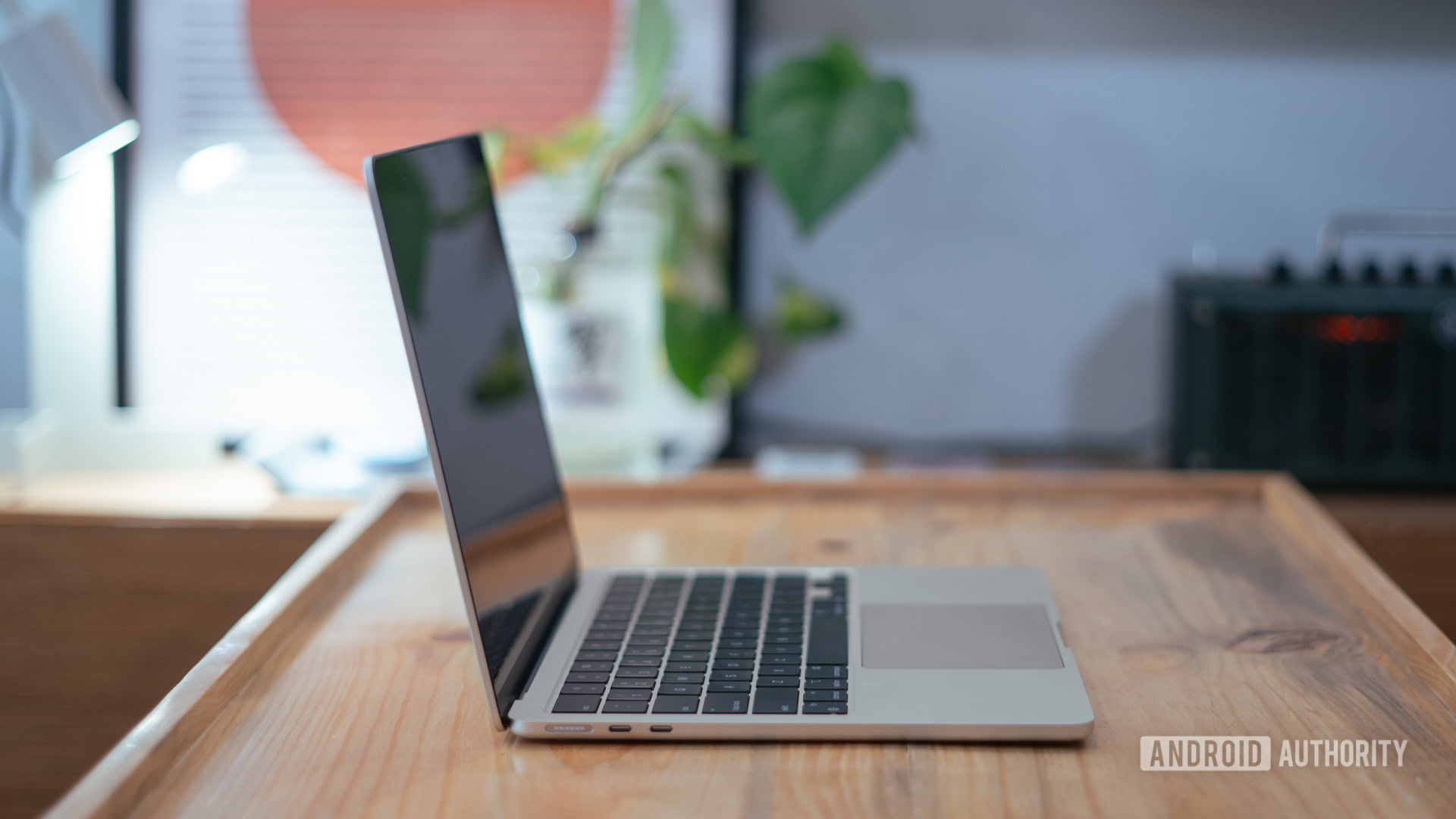
Dhruv Bhutani / Android Authority
I almost literally broke my new MacBook Air the first time I picked it up and opened it. I pushed back the display to its maximum limit with force because I was too used to the Pixelbook’s full 360° hinge and had forgotten that other laptops stop at a certain angle. What do you mean I can’t open the display at 180° and elevate it on my thighs to use it on the couch? Thankfully, the MacBook didn’t give in, but we been close to a major catastrophe, fam!
Next, I noticed that I kept trying to touch the MacBook Air’s screen, only to realize that it did nothing. If you’d asked me, I’d have told you I barely even touched the Pixelbook’s screen, but those first few hours were eye-opening. Apparently, I used it a lot more than I thought! I got used to not poking the clean display with my grubby fingers eventually, but it took a few frustrated sighs to get me to that point.
The first time I had to sign a document and realized I could no longer use my pen with my laptop was a sad first-world problem moment, too.
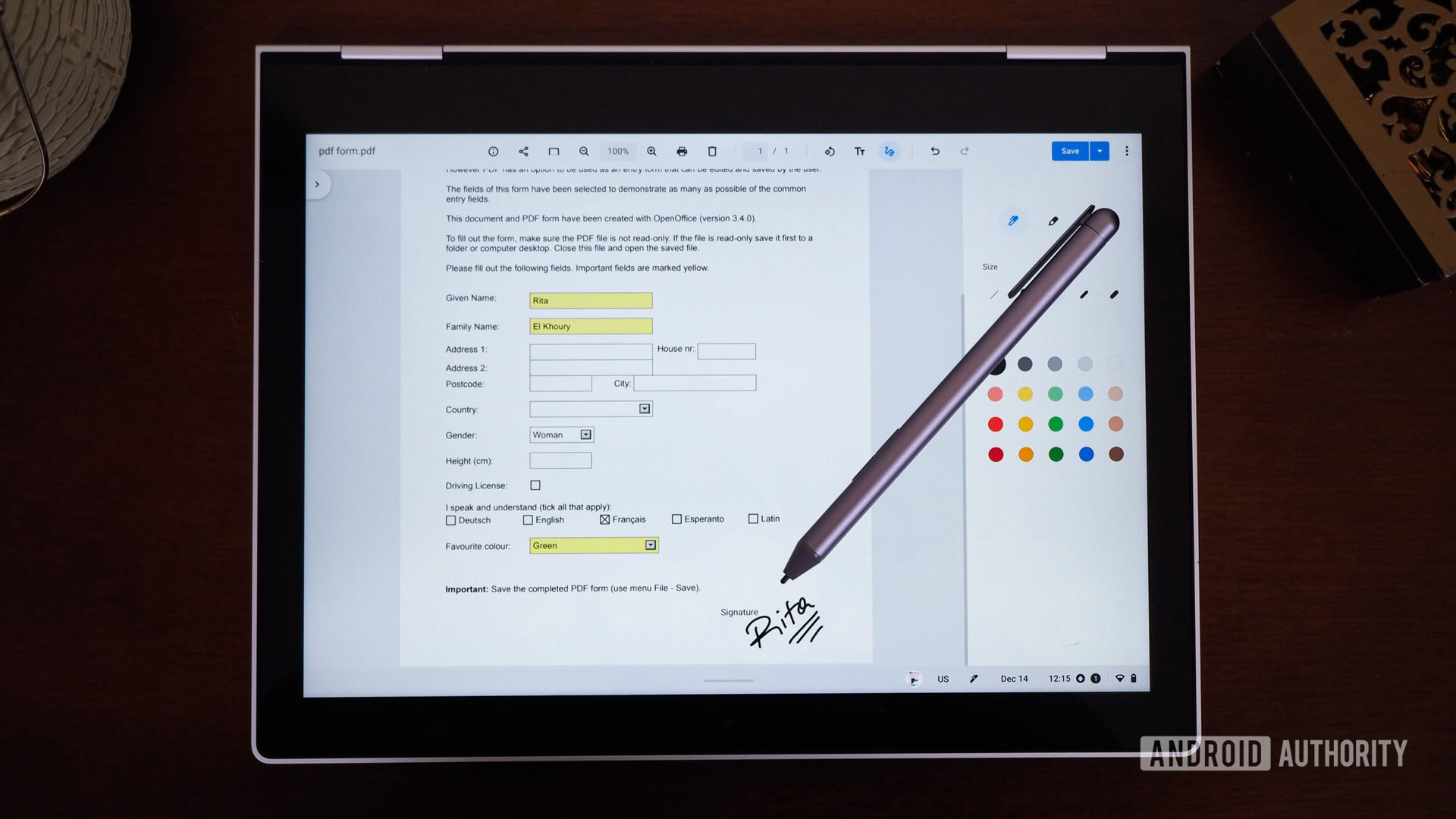
Rita El Khoury / Android Authority
Display-wise, there was this one extra disappointment. Despite having a larger 13-inch display, the MacBook Air’s aspect ratio means that the display is physically a teensy bit shorter than my Pixelbook’s. It took a while to get used to this chubbier form factor. Well, at least the keyboard and trackpad experience wasn’t a huge difference — I just had to get used to the new placement of the Control, Option, and Command keys.
I didn't choose the dual-ecosystem life; it chose me.
I also immediately missed the tight integration with my Pixel phones. I didn’t choose the dual-ecosystem life; it chose me. And with that came the frustration of segregated services and not-so-seamless integrations. On the MacBook, there’s no automatic tethering, no notification cross-over, and no quick access to my phone’s settings. The only cool tool I’ve found is NearDrop, which allows me to use Nearby Share (now known as Quick Share) to send files, screenshots, and photos from my Pixel phone to my MacBook.
Otherwise, I obviously installed Chrome to keep all of my browsing history, searches, tabs, personal data, and more in sync. I’ve also installed Google Drive to easily access all of my files and documents inside Finder. I use Spotify for music streaming, which can be controlled by both my phone and laptop, thanks to Spotify Connect. WhatsApp, 1Password, Adobe Lightroom, Slack, Todoist, Synology Drive, and more ecosystem-agnostic tools complete the package.
Thanks to these, I don’t feel like I need any extra phone-to-computer tools, but I’d be lying if I didn’t say that I miss the Pixel phone + Pixelbook life. Or that I don’t have fleeting thoughts about how much nicer life would be with an iPhone to accompany my MacBook. (I do have an iPhone 13 Pro Max as a testing device, but I’d never use it as my daily driver.)
Chrome OS still can’t hold a productivity candle to a proper desktop OS
Look, no matter how much I had convinced myself that Chrome OS was powerful, the truth is that its limitations were annoying when I really needed to get some work done.
Multiple users to access multiple Chrome profiles? Absolute madness
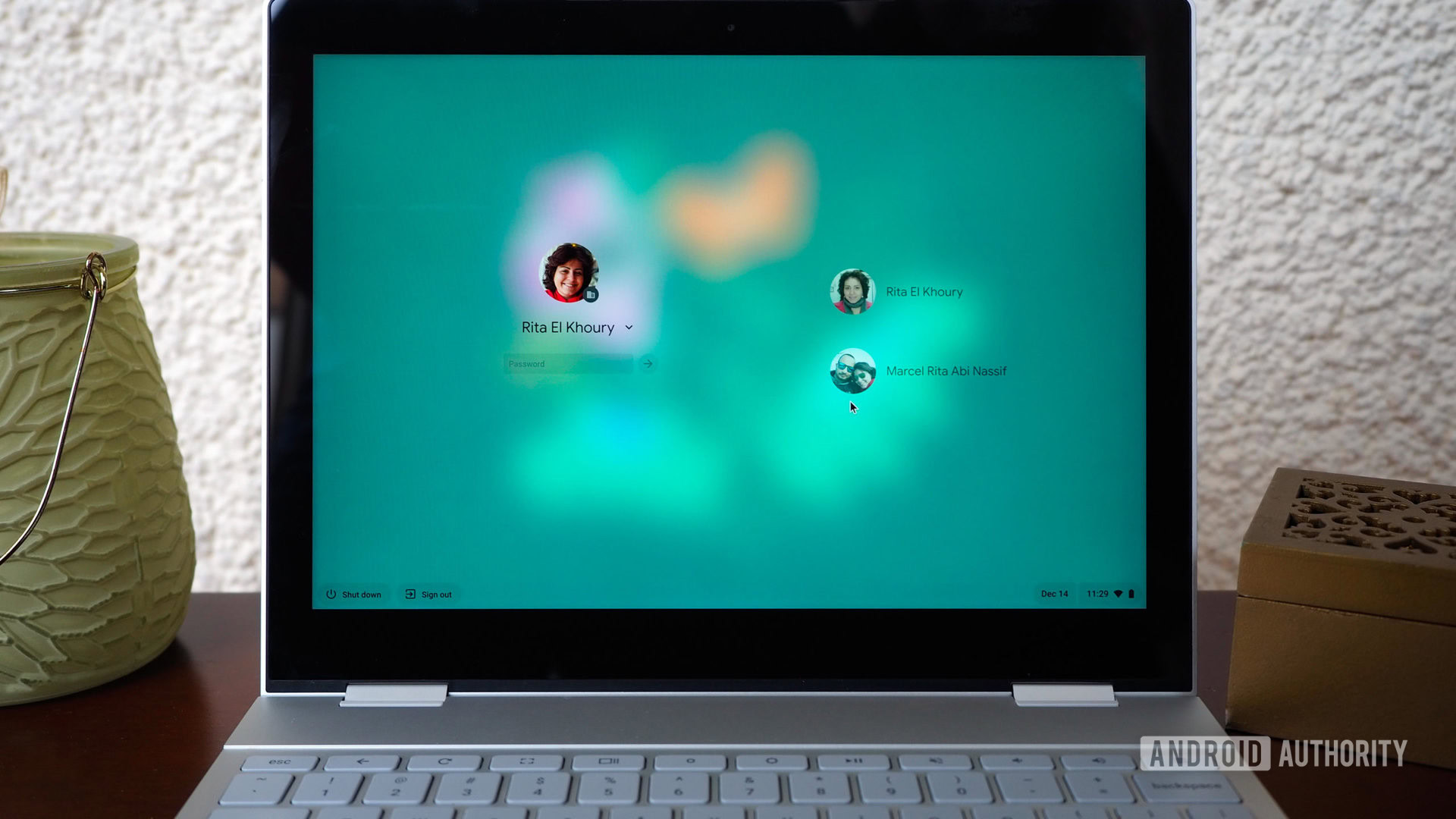
Rita El Khoury / Android Authority
My biggest frustration with Chrome OS was the lack of multiple profile support in the Chrome browser. See, I use multiple Google accounts — personal, work, joint with my husband — to keep a neat separation of church and state. History, bookmarks, search engines, passwords, personal info; it’s all different between these.
The only way to access those properly in Chrome OS on my Pixelbook is to set up entirely separate users, each with its own login, and switch on the fly between them. I know what you’re about to say, but no, adding multiple Google accounts under the same user isn’t the same thing because it doesn’t give me access to my other Chrome instance’s history, bookmarks, search engines, and passwords; it just lets me switch between two Gmail/Maps/Drive/etc… accounts. Not the same thing.
It's funny how Windows and macOS do Chrome better than Chrome OS.
The problem with multiple users is that switching users on Chrome OS is madness: Only the primary user has access to settings like Wi-Fi and Bluetooth, only they can access the Play Store and installed Android apps, and only they can talk to Google Assistant. Worse yet, if I wanted to share a file from the Files app on my personal user to my work Asana, I had to copy the file between users first and then upload it to Asana. It’s inefficiency at its best, and only someone who’s used it would understand why it’s such a joke of a solution for multiple accounts when a better solution is right there.
On both Windows and macOS, you can create multiple profiles with your Chrome browser and use them together without switching your computer-wide user login. This obviously simplifies everything for someone who has multiple user accounts like me. Funny how Windows and macOS do Chrome better than Chrome OS…
Finder columns, native apps, powerful tools, and extra keyboard keys
Edgar Cervantes / Android Authority
There is an absolute power in using Finder’s column view on macOS that I can’t find in any other file browser that doesn’t offer this view. I can fly through my folders and subfolders thanks to the columns, and I swear I don’t feel like I’m productive enough when I switch to a more traditional file browser. Every time I used the Files app on my Pixelbook, I felt like I was just playing with a beginner’s file explorer and being hindered by the process of digging in and out of my folders.
Obviously, being able to install native apps instead of using web services is a boon, too. I can finally use Photoshop instead of the Photopea website, the full Lightroom app instead of the Android one, and answer calls on the native WhatsApp app. I can have CopyLess 2, a system-wide clipboard manager that works across Chrome, Finder, and all my apps, instead of a Chrome extension that doesn’t work outside of Chrome. I can use Moom, my favorite window resizing tool, to snap windows to the exact size and location I want, not just snap them to the left and right. I can access Spotica Menu, a menu bar Spotify tool, to control music without switching to the full app. The only Chrome extension I kept from my Pixelbook days is Text Blaze because I love how it synchronizes my text expander snippets across all my computers.
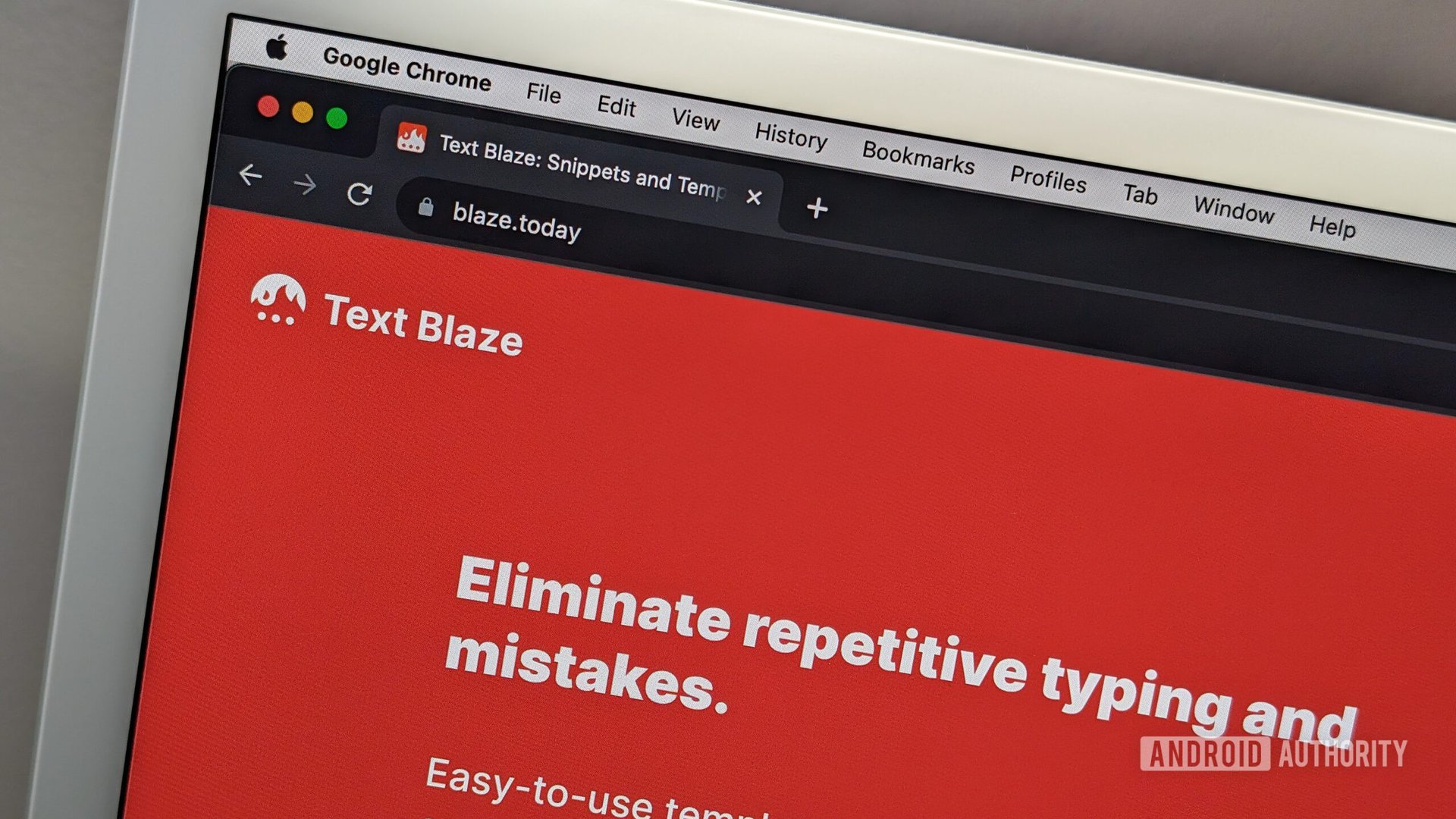
Rita El Khoury / Android Authority
As a nerd, I was delighted to get back all of those, plus all the small but powerful tools that are available on macOS and that I’m used to in my daily life. Customizable keyboard shortcuts for every app’s menu items, Automator actions to split PDFs and convert images to JPGs and resize them, Universal Control and Continuity with my iMac and iPad, and so on.
I’ve built a small cocoon of tools and shortcuts that simplify my everyday life and save me countless minutes when I’m working, and all of these could never be as easily accessible on the Pixelbook. I sighed a magnificent sigh of relief when I saw all of those spring to life on my MacBook. Finally, I could be as efficient on the go as I am at my desk!
I've built a small cocoon of Mac tools, shortcuts, and apps that simplify my everyday life, but none of them were available on my Pixelbook.
Plus, as a writer, I can’t emphasize enough how happy I was to get back my em-dash shortcut. The Pixelbook — and all Chrome OS laptops — don’t have an em-dash shortcut unless you remember the obscure Alt+0151 combo.
As a music lover, I was even more ecstatic to find the Skip and Rewind keys on the keyboard because, once again, Chromebooks don’t have those; they just have the Play/Pause key.
Then, as someone who lives in France and needs to send emails in French, I was also happy to get back my cheat-sheet access to accented letters like é, à, ê, è, î, û, and ç. I’m sure there was an Alt shortcut for those on the Pixelbook, but I never really remembered them, so I wrote accent-less emails to my bank manager and neighbors. I’m sure they “Ah ben pfff”ed at my disappearing accents, my disrespect to the language of Baudelaire, and my refusal to buy an AZERTY keyboard.
P-p-p-p-erformance!
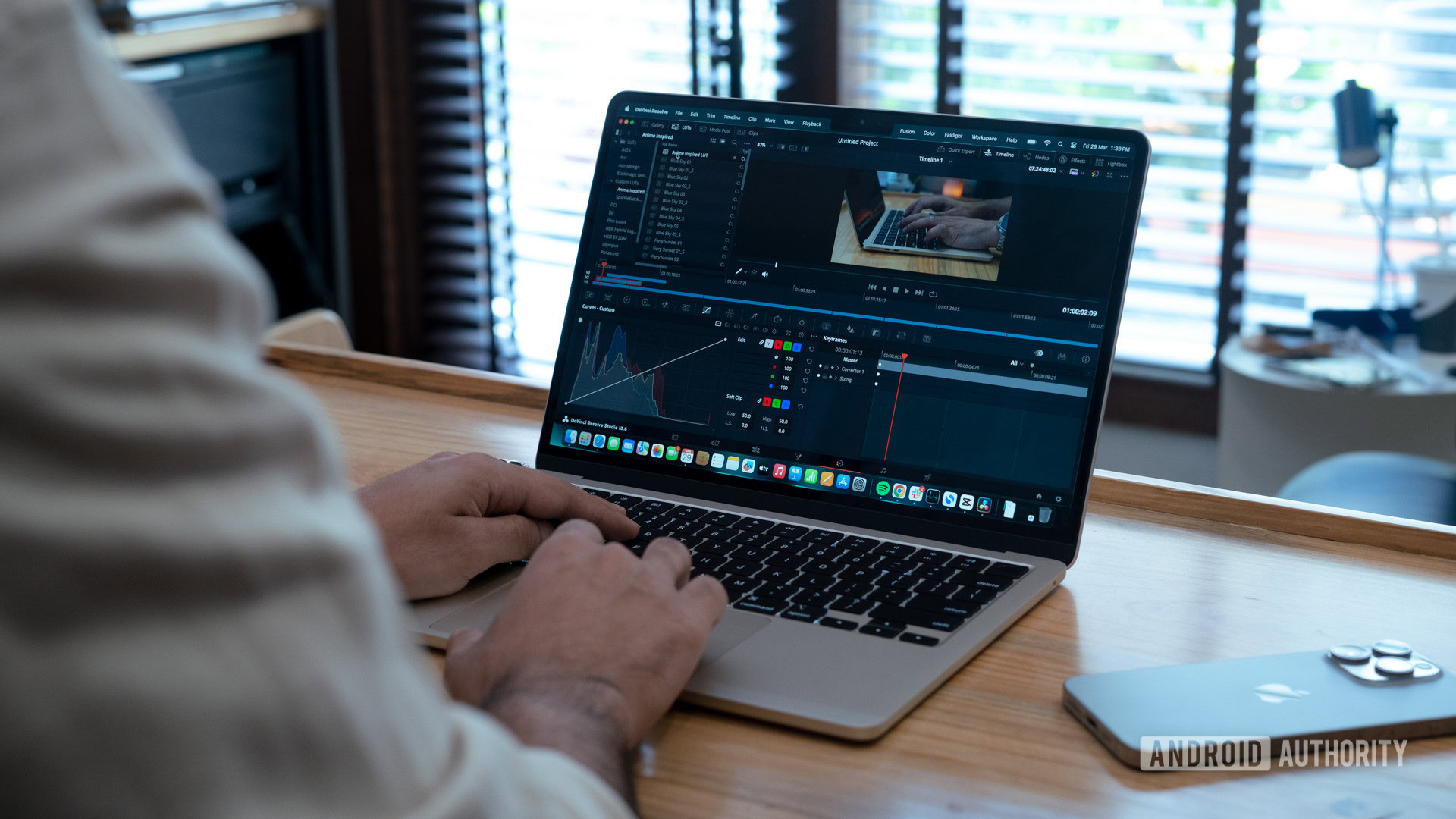
Dhruv Bhutani / Android Authority
And finally, there’s the one, the only, and the most important factor of all: performance. Or, if you want to divide it into sub-factors, there’d be power, speed, and battery life.
The difference between my aging seven-year-old Pixelbook and my brand-new M3 MacBook Air is… not even fair. Nearly a full day of battery life versus a couple of hours at most. Flying through dozens and dozens of Chrome tabs versus struggling to switch between a few. Crumbling under the weight of one image export in Lightroom mobile versus exporting a dozen photos in a few seconds in the Mac version of Lightroom.
I'm not even in the same computing realm anymore.
Apple’s M3 chip is spectacular, especially if you couple it with 16GB of RAM for better future-proofing, which is what I did. I can write odes about how much I love the performance of these chipsets. My three-year-old M1 iMac is still flying, and I don’t expect it to slow down for years to come. The M3 should have a similar longevity.
Granted, there’s a seven-year difference between this new computer and my Pixelbook, but I’m not even in the same computing realm anymore and I’ve got zero regrets after this upgrade.

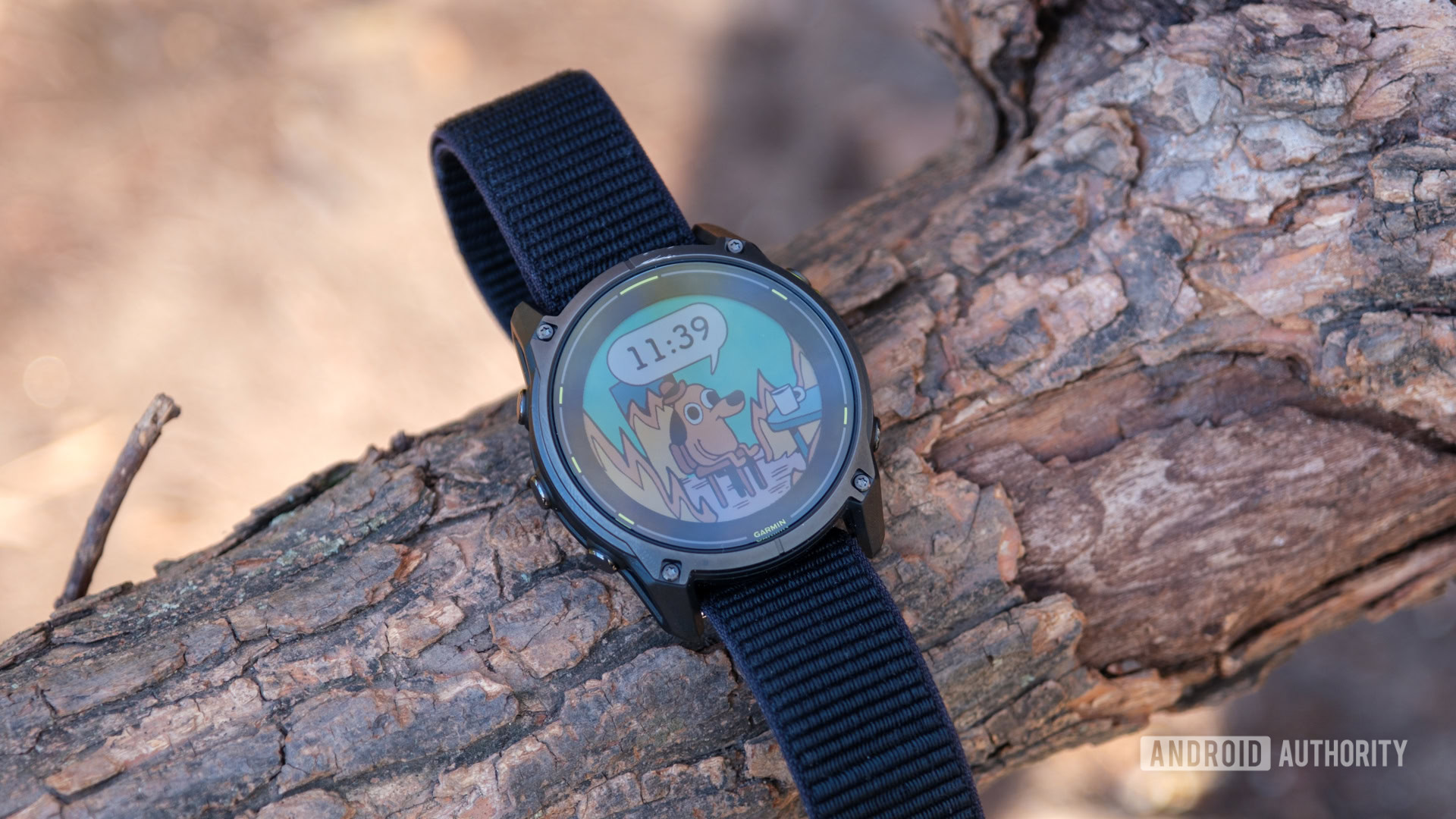
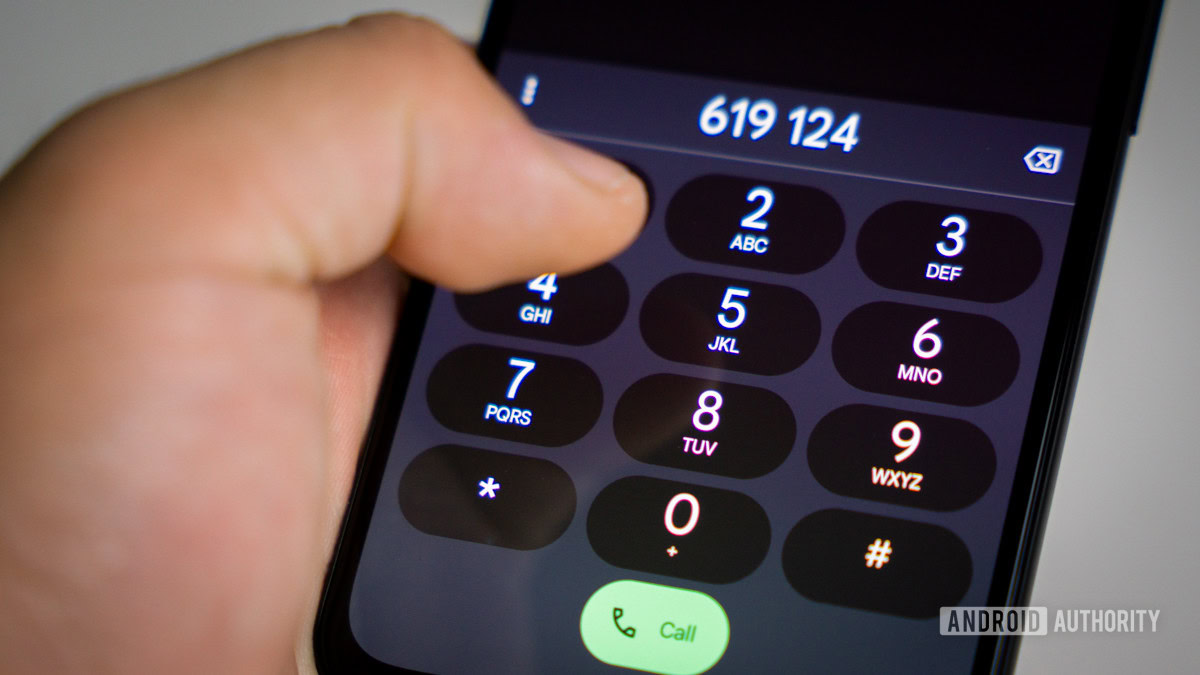




 English (US) ·
English (US) ·